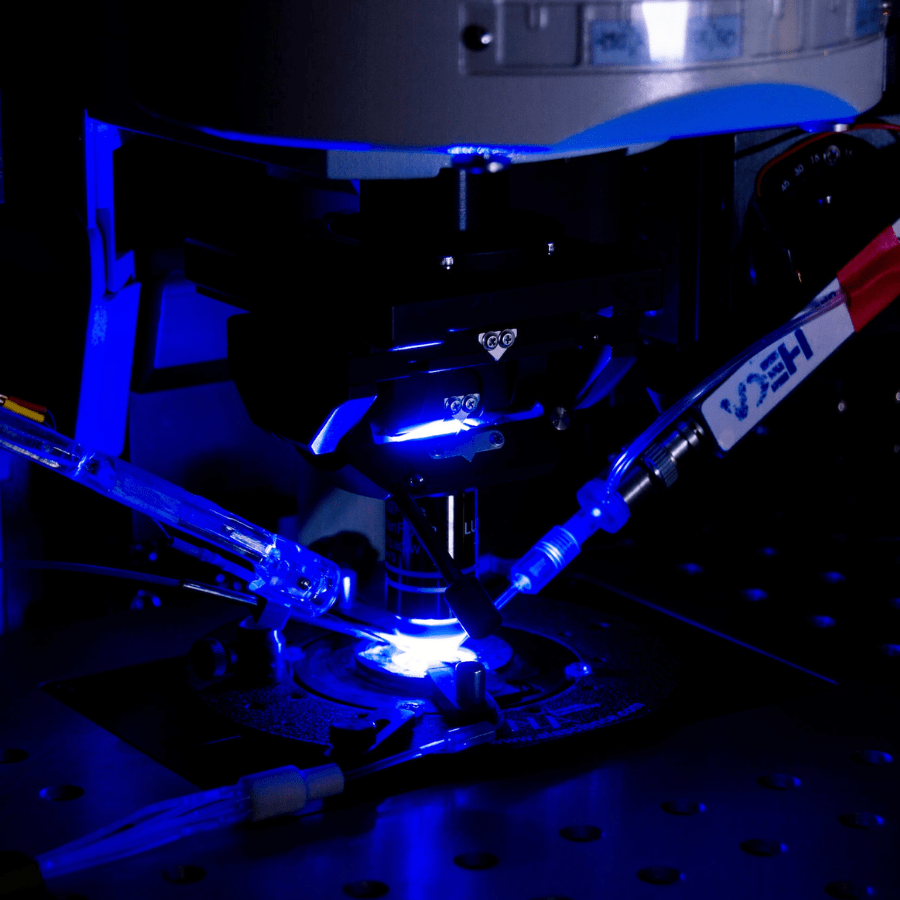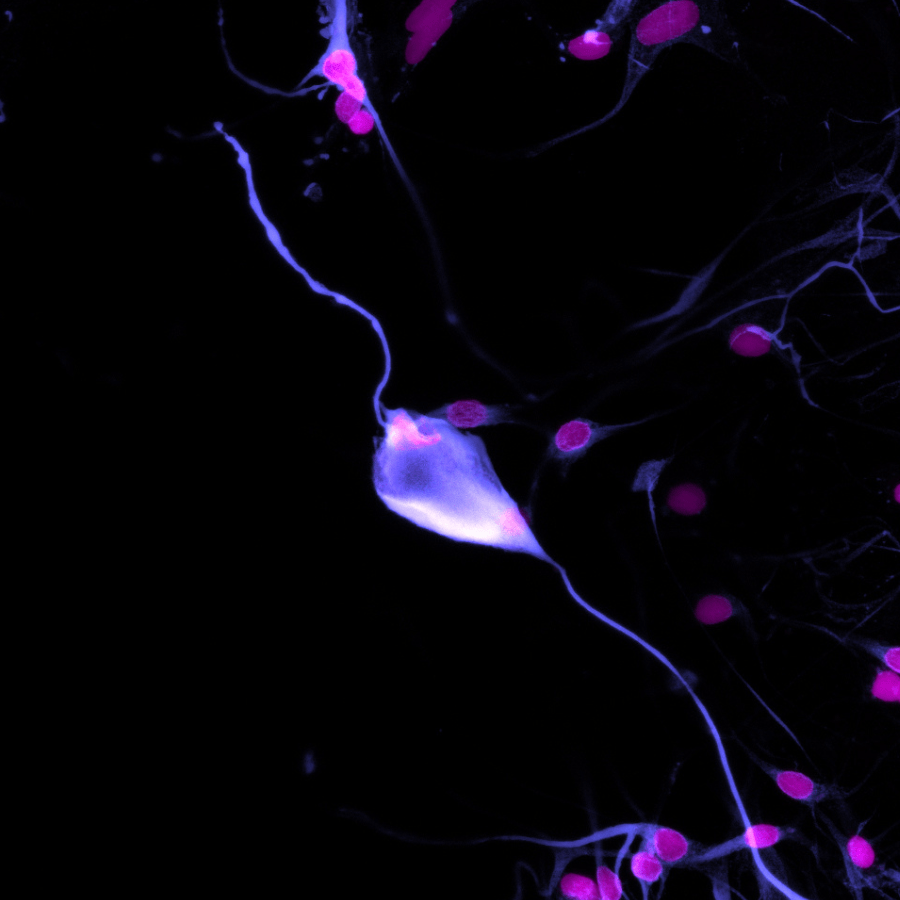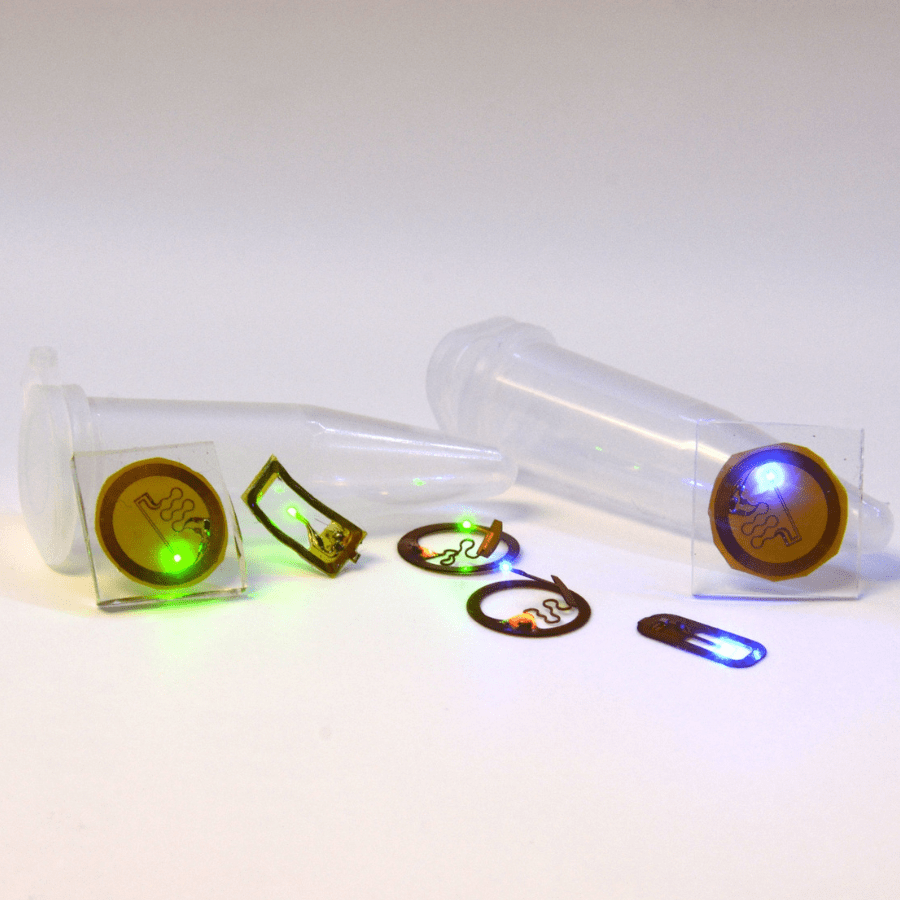Studies in our lab are aimed at determining the circuit, cellular, and molecular mechanisms involved in the development of chronic pain conditions. The goal of our work is to use knowledge generated in our preclinical studies to inform on the development of new approaches for the prevention and management of chronic pain and its many comorbidities, including anxiety and depression.
Work in the lab can be broadly categorized in the four main areas of emphasis described below.
Maladaptive Plasticity
Chronic pain represents a disease of the nervous system, stemming from maladaptive plasticity in circuits that mediate pain sensation and modulation. The lab utilizes a multidisciplinary approach, including behavioral studies, electrophysiology, optogenetics, in vivo imaging, molecular and genetic approaches to understand the signaling pathways involved in maladaptive plasticity in the nervous system that underlies pain sensitization. Our goal is to identify molecular targets for the development of new classes of pain relieving medications.

Neural Circuits for Pain and Analgesia
The pain neuraxis comprises a network of ascending transmission pathways, connections to the limbic system, and descending pain modulatory pathways. In vivo imaging or electrophysiological recording of neural activity in freely behaving animals, along with optogenetic and chemogenetic modulation of specific cell populations help us understand chronic pain as a disease of circuit dysfunction, and identify therapeutic strategies to normalize this dysfunction to reduce the intensity and impact of pain.

Human Biology
In order to increase our ability to identify treatment strategies that are likely to translate to human patients, we conduct studies of the physiology of human sensory neurons and spinal cord. We also conduct proof of concept clinical studies to test whether mechanisms we identify in the laboratory help to reduce pain and its impact in healthy human volunteers and in patients with chronic pain.

Developing Advanced Technologies in Neuroscience
We have multiple ongoing projects to develop next generation technologies for neuroscience. We focus on developing enabling wireless technologies that permit the measurement and manipulation of neural circuit activity in freely behaving animals.